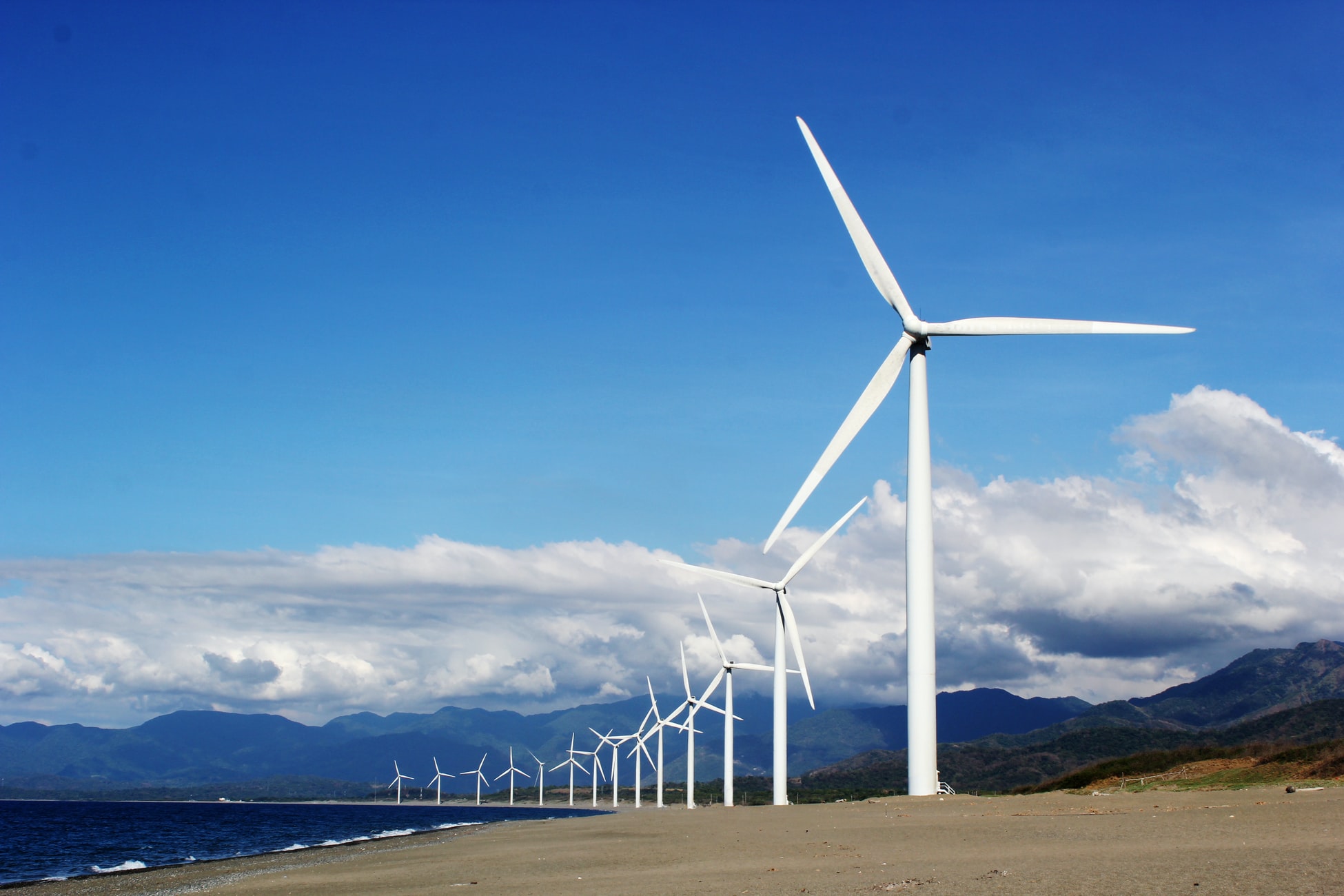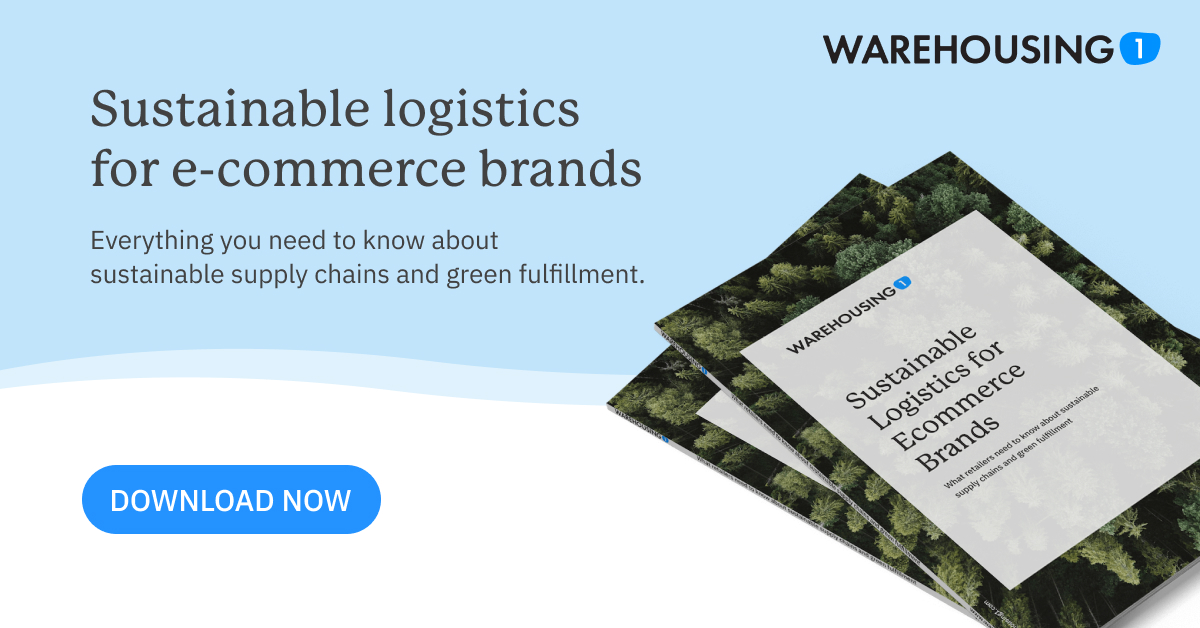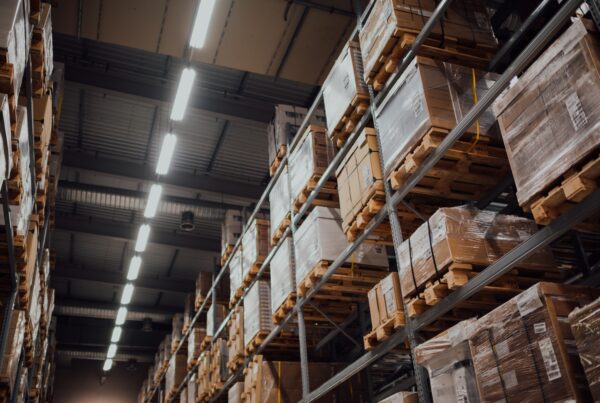Climate protection has been an important topic for the logistics and transport industry not only since yesterday, and movements such as "Fridays for Future" are reviving demands for more sustainability. After all, environmental protection measures are undoubtedly necessary, even if they could lead to significant additional costs in logistics.
The holistic transformation of logistics towards more climate-neutral operations can be summarized under the term "green logistics". It refers to sustainable strategies and measures that aim to reduce negative environmental impacts. Ideally, all logistics processes should be designed to be resource-efficient and at the same time economical for the companies. From a company's point of view, it is particularly important to find a balance between ecological and economic aspects in order to remain competitive.
What are the Goals of Green Logistics?
- Co2-Emissions: CO2 emissions in logistics are the most critical factor to combat. As a first indication, CO2 measurements by logistics companies provide suitable values. In order to carry these out precisely, the international standard UNO-EN 16258 provides a calculation scale suitable for calculating energy consumption and greenhouse gas emissions.
- Environmental pollution: Air, soil and water pollution is increased in part by logistics and transport companies. This must be reduced in the future.
- Resource-conserving handling of consumables:Waste can be avoided by reusing or recycling used packaging as a matter of principle.
What are the Challenges facing the Logistics Industry?
The biggest challenge for many logistics and transport companies is the high dependence on fossil fuels. By far the largest share is required by transport and distribution logistics, for example for carriers such as trucks, freight flights or rail transport. According to an analysis an analysis by the German Logistics Association freight transport emits almost 10 million tonnes of CO2 and 23,000 tonnes of NO2 annually, and the increase in e-commerce is driving these figures even higher. Last mile deliveries in urban areas, which are mainly due to retail trade, also make a noteworthy contribution to the emissions - especially express shipping. This is due to the fact that express delivery vehicles cannot always wait until they are fully loaded and thus have to deliver their goods inefficiently but quickly. Meanwhile, more than 12 million parcels are delivered daily KEPIn addition, there is a lack of infrastructure that would make it easier to comply with emission limits. Shorter transport routes are often more resource-efficient, but the corresponding decentralized warehouse networks are not available. If companies themselves want to invest in the development of a more sustainable infrastructure, the necessary money is lacking, as the logistical processes are regulated by fixed tariffs and tight margins. Investments in digital innovations, such as digital administration systems or a new fleet management system for greater sustainability, are often not financially feasible, even though they could lead to a higher efficiency balance sheet.
How can climate-neutral Logistics be implemented?
Warehousing1 has found six ways to make companies more sustainable and thus protect the environment in the future.
1. Environmental criteria and procurement policy
Environmentally friendly action implies the procurement of resources according to environmental criteria.If a logistics centre requires large quantities of electricity, the idea of procuring it sustainably is a good idea. The reduction of plastic as a packaging material is also possible today through a variety of alternatives. In addition, environmental management systems certified to ISO 14001 provide a better overview of the necessary information, which increases the ability to act with foresight with regard to environmental protection and cost savings.
2. Process optimization
Today, transport processes are still very inefficient in some cases and produce many traffic jams and/or empty runs. In order to optimize these processes, the use of environmentally friendly fleet management systems makes sense. They lead to a noticeable reduction in Co2 emissions, as well as a reduction in costs, as less fuel is required. In addition, they are also used in route optimization, because traffic jams in particular have proven to be "climate killers" in the past. In freight transport, fleet management systems also offer tips for more energy-efficient driving, so that the journey itself can also be made more resource-efficient. Since the German government has decided in its Climate Protection Plan 2050 to reduce transport emissions by 41% to 42% by 2030 (compared with 1990), optimizing transport processes is a sensible measure to meet these targets. In the long term, transport companies will have to switch to vehicles with alternative drive systems in order to avoid being tied to the required fuels. This also applies to sea and air transport,as these are also involved in the climate protection plan.
3. Shorter transport routes through decentralised storage and urban micro-hubs
By using decentralised warehouse networks, it is possible to shorten transport routes and thus transport and store goods more efficiently. Micro-hubs also prove to be advantageous. These are small warehouses distributed within cities. They make it possible to bis zu 23% CO2 and 25% NO2 according to BVL. A nice side effect of the micro-hubs and the decentralised warehouse network are the shortened delivery times, which have a positive impact on customer satisfaction.
4. Sustainable storage space
In addition to transport traffic 13% of the greenhouse gas emissions released globally by logistics fall on logistics properties. In order to counteract this development, the conversion to new 4.0 logistics buildings has now become established. These are designed in accordance with environmental protection measures, so that sustainable management of the building can be increased. The sustainability of the buildings can be aligned and confirmed by certificates such as BREEAM. To implement further sustainable measures, digital applications offer opportunities for further changes. For example, full automation of warehouse processes and the use of warehouse management systems can reduce energy consumption by increasing the efficiency of resources such as electricity. There are also possibilities for warehouse logistics, for example the installation of smart storage systems such as the warehouse lift system or the carousel warehouse, so that less space has to be used for them and costs can be decreased.
5. Environmentally friendly disposal
Since a lot of packaging waste is generated in logistics, environmentally friendly disposal also plays an important role in terms of sustainability. Certain waste sorting processes help to separate between recyclable materials and at the same time use energy sparingly. Furthermore, warehouse management systems also offer options to regulate paper consumption, for example. Even small changes can have a major impact on sustainability and should therefore be considered.
6. Promote sustainability thinking among employees
In order to achieve optimum results, the change to more environmental protection must also take place in the minds of employees and managers, because it is important as a leader to "live the issue of sustainability and make people think about it".Training courses or workshops help to develop a feeling for more sustainability and promote motivation. This also increases understanding and acceptance of the change to more climate-friendly alternatives.
Warehousing1 also supports sustainability in the logistics sector. Warehousing1 is environmentally certified (ISO 14001), attaches great importance to sustainability in everyday office life and is also a member of the German Sustainability Association. However, the ultimate goal is to increase sustainability in warehouse logistics in the long term through our innovative product. With over 500 partner locations in Germany and Europe, we can build up decentralized warehouse networks and urban micro-hubs and reduce transport distances. Our digital tools can also increase process efficiency. We also enable our logistics partners to make greater use of their warehouses and avoid unused space. Please arrange an initial meeting today to discuss your options.




